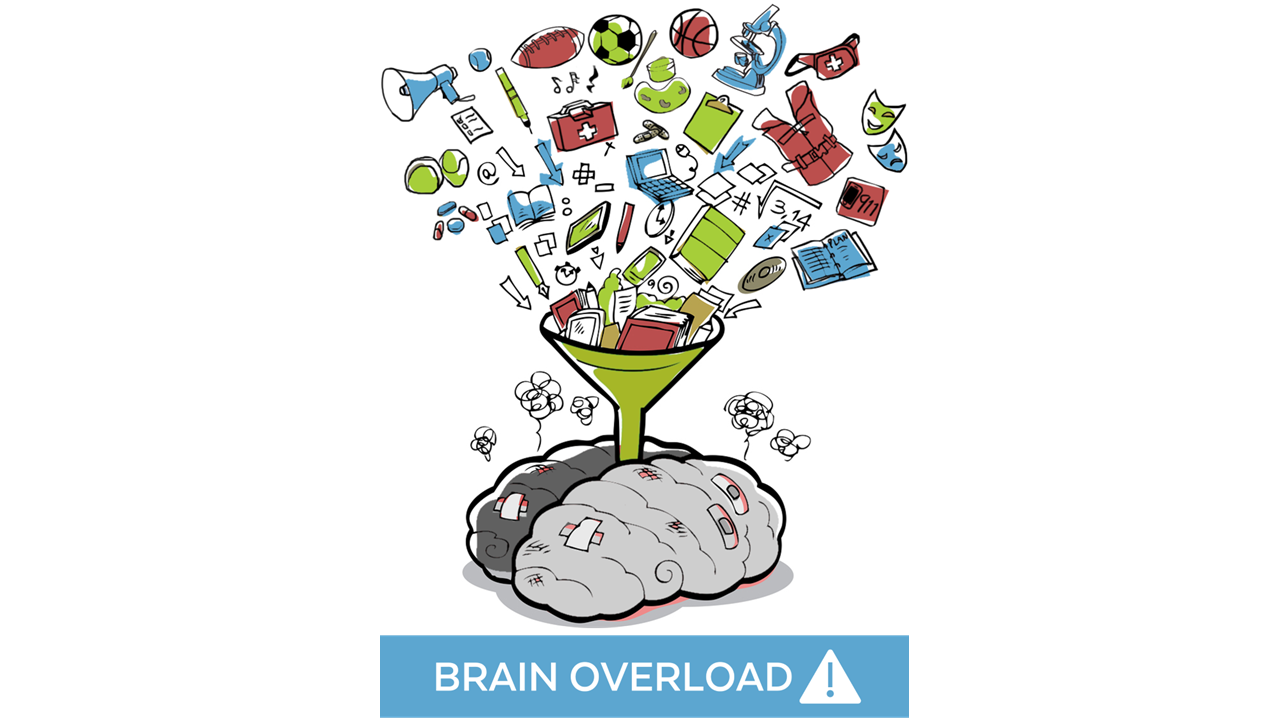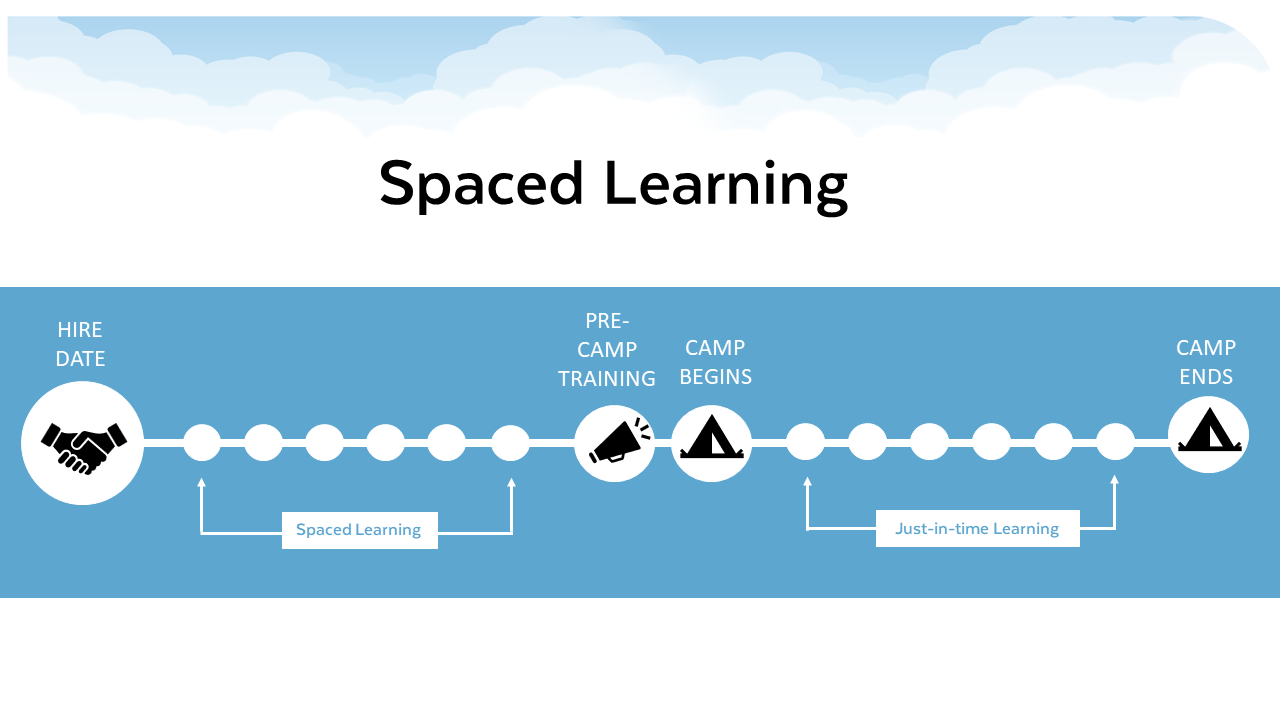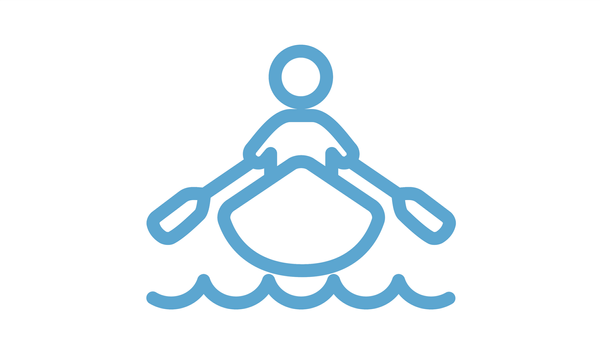Maximizing Pre-Camp Training: The Power of Spaced Learning for Summer Camp Staff

Drawing from my unique journey running summer camps at Seneca College and developing my instructional design skills as a college educator and HIGH FIVE Master Trainer, I've witnessed firsthand the transformative power of effective training strategies. Today, I'm excited to share insights that bridge both worlds, especially as we navigate the challenges of preparing our camp staff in a post-COVID era.
The Challenge at Hand
We've all been there—those frantic pre-camp days where we attempt to cram months' worth of training into a mere 2-5 days. From managing life-threatening allergies to fostering leadership skills, the breadth of topics is overwhelming. Add to this the impact of COVID-19 on our young staff's social and leadership skills, and the task seems Herculean.
The traditional intensive training model of cramming everything into 2-5 days is akin to drinking from a fire hose—too much information, too little time, leading to stressed-out staff and less-than-optimal retention rates.
A New Approach: Spaced Learning
Enter Spaced Learning, a strategy that could revolutionize how we prepare our camp staff. By spacing out learning from the moment staff are hired until they arrive for pre-camp training, we can transform the training landscape. This approach not only includes pre-arrival online training but also just-in-time learning resources available throughout the summer.

Benefits of Spaced Learning
Preparedness:
Staff arrive at pre-camp in-person training already familiar with camp operations and expectations, reducing anxiety and ramp-up time. This leaves more time at your in-person training to team build and practice leadership skills.
Stress Reduction:
Spreading out the learning process allows staff to digest information at their own pace, making the experience less overwhelming.
Improved Retention:
When learning is spaced out, retention rates improve, ensuring that staff remember more of their training when it counts.
Knowledge Testing:
Opportunities for staff to test their knowledge before camp starts, ensuring they're ready for the challenges ahead.
Implementing Spaced Learning: Practical Tips
Start Early:
As soon as staff are hired, begin the learning process. Use digital platforms to deliver content that can be accessed anywhere, (at home or school) anytime.
Mix It Up:
Combine various formats—instructor-led in-person sessions, Zoom training, or on-demand videos, quizzes, and interactive modules—to cater to different learning preferences and keep engagement high.
Focus on Core Topics:
Identify key areas where knowledge is crucial before arrival and prioritize these for pre-camp learning.
Utilize Peer Learning:
Encourage returning staff to take a role in training or mentoring new staff. Include them in your training videos, and have them co-facilitate or lead sessions. This helps to develop the leadership skills of returning staff and in my experience creates better engagement and buy-in from new staff. This can help build a sense of community and enhance learning.
Just-In-Time Resources:
Develop a repository of resources that staff can access on-demand when specific challenges arise during camp. This ensures they have support exactly when they need it.
Conclusion
Transitioning to a spaced learning model may seem daunting, but the benefits far outweigh the initial setup efforts. By embracing this approach, we can ensure our staff are better prepared, more confident, and ultimately more effective in their roles. Let's empower our teams to deliver unforgettable camp experiences, one lesson at a time.
Check out our blog next week on the pros and cons of different training delivery methods.

Happy camping, and here's to a summer of growth, learning, and unforgettable memories!


